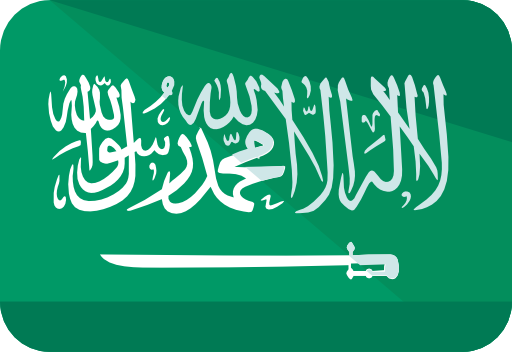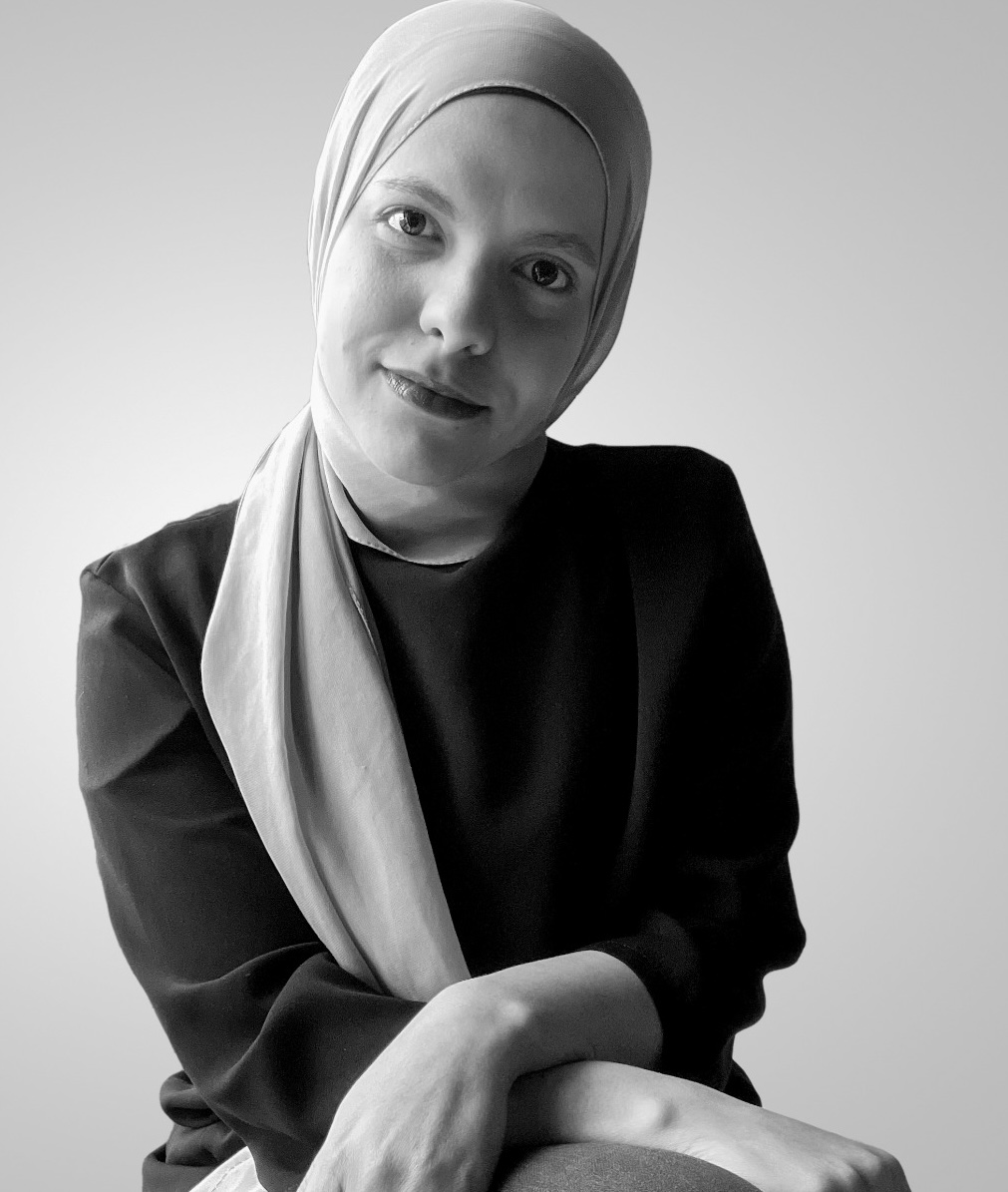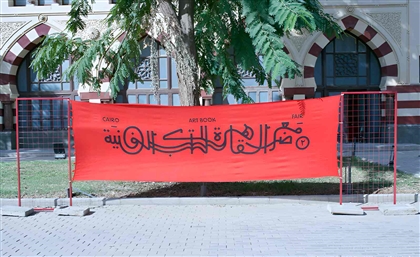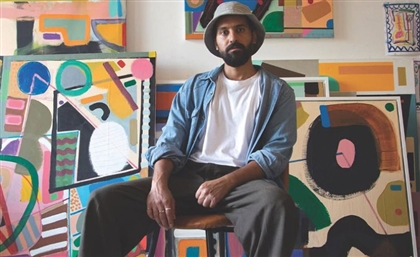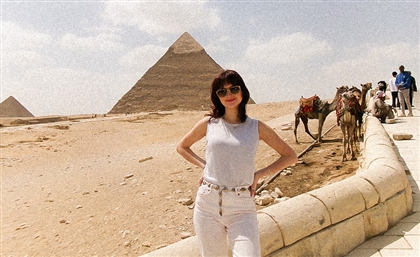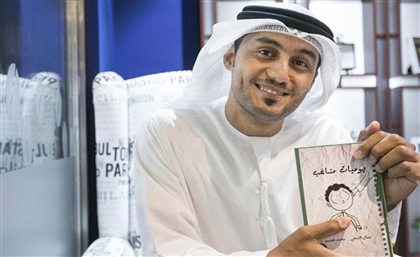The Lasting Charm of Cairo’s Belle Époque Museums
Cairo’s Belle Époque museums preserve the atmosphere of a defining age, where art, architecture, technology and society intertwined to shape a modern identity.
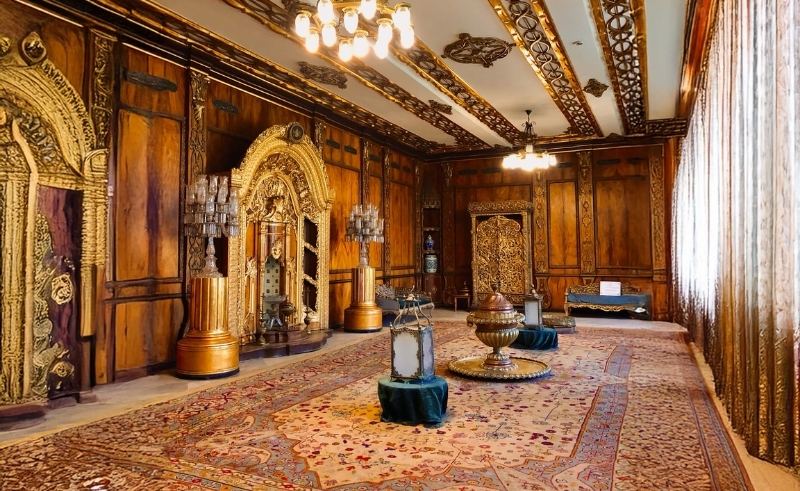
Cairo’s Belle Époque was a moment unlike any other in the city’s long history, a period of extraordinary precision in taste, culture and ambition. Between the late 19th and early 20th centuries, Cairo flourished as a vibrant crossroads of cultures. Beyond its elegant architecture, it was a time when salons, academies and homes of great thinkers became incubators of creativity and reform, shaping Egypt’s modern identity.
Today, Belle Époque museums in Cairo preserve the atmosphere of this age, allowing visitors to step into the rooms where ideas were debated, music was played and the foundations of cultural renaissance were laid.
So, which museums open the doors to this chapter of Cairo’s past...?
Railways Museum
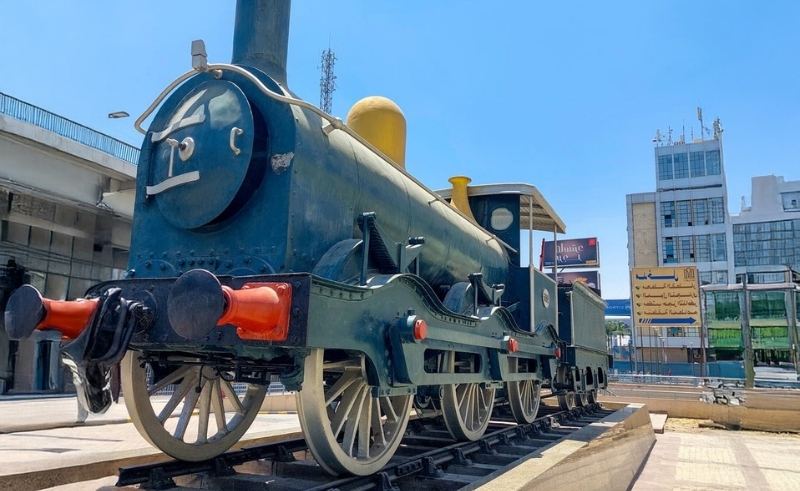
Tucked beside Cairo’s main railway station, the Railways Museum was built as part of the International Railway Conference in 1933. It was also the very first railway museum in the Middle East.
Inside, the galleries trace humanity’s long journey of movement. It begins with the ingenuity of ancient Egypt, where models reveal how colossal statues were hauled across sand on wooden sleds, powered only by human strength. From there, the story advances to the age of steam, from William Murdoch’s pioneering 1781 engine, to Robert Stephenson’s locomotives that introduced rail to Egypt in the 1850s. Among the treasures is the ornate Khedive Steam Locomotive, crafted in 1862 for Khedive Said Pasha, a gleaming symbol of rail as an indicator of luxury and power.
Beyond that, the museum carries visitors through the eras of diesel and electric trains, displays models of Egypt’s grand stations from Alexandria to Tanta, and showcases historic signalling devices that once relied on human precision before automation took over. For those who want to dig deeper, a small archival library holds rare documents that chronicle the rise of Egypt’s railways, open to researchers and the public alike.
Abd al-Wahab Museum
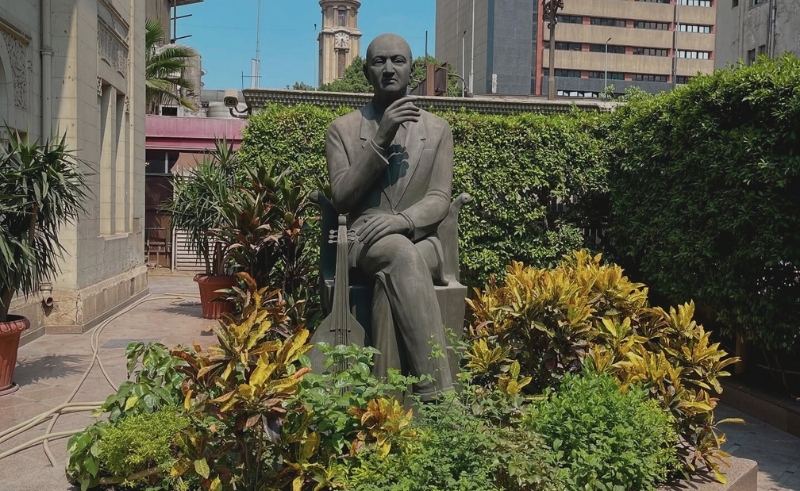
On the second floor of Cairo’s Arab Music Institute lies the museum of Muhammad Abd al-Wahab, Egypt’s iconic 20th-century singer and composer. Opened in 2002, it preserves his legacy within the neo-Islamic institute, which itself was built in 1923 as the first musical academy in the Middle East.
The museum is designed like a home, with Abd al-Wahab’s bedroom, office furniture and personal objects on display. His clock remains set to the date and time of his passing, alongside his chair and other intimate belongings.
Among the highlights are his oud, piano, and the golden microphone he used in recording sessions. His famous white suit from 'Al-Warda al-Bayda', his first film, is also showcased.
Visitors can browse his archive, listen to his songs, and watch his films, while a dedicated section traces his childhood and early steps into the world of music and cinema.
Egyptian Post Museum
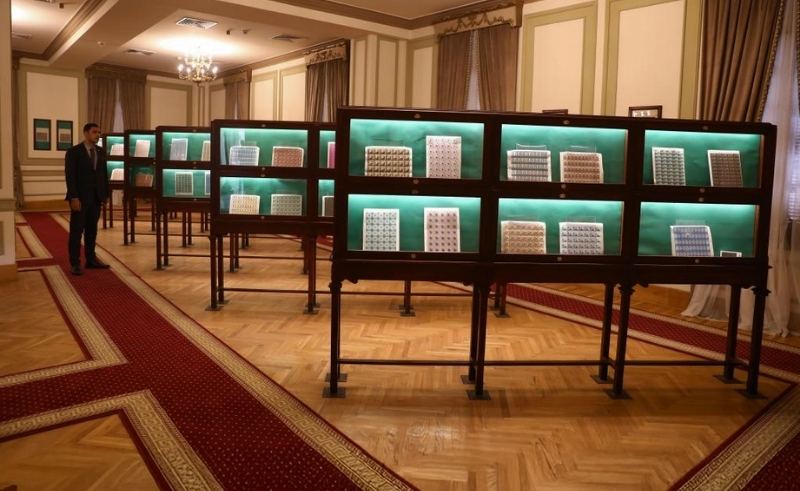
Hidden within Cairo’s central post office, the Egyptian Post Museum was inaugurated in 1934 during the 10th Postal Union Congress and officially opened to the public in 1940.
Its collection captures the evolution of communication in Egypt, from ancient papyrus scrolls to handwritten letters, envelopes and modern stamps.
The museum is organised into 10 sections, covering everything from postal equipment and uniforms to transport, buildings, and international mail. A rich stamp collection and rare documents chart the story of Egypt’s postal service since its foundation in 1886.
For those fascinated by everyday history, it also offers an intimate look at how the simple act of sending a message has shaped connections across Egypt and beyond.
Banque Misr Museum
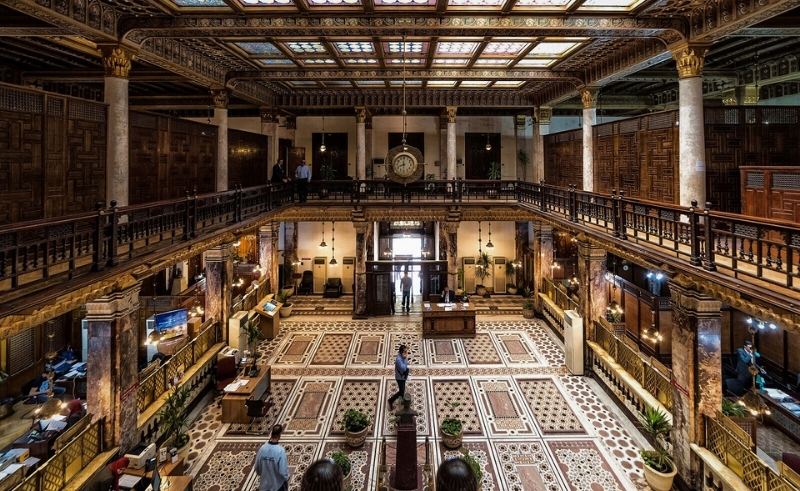
Housed inside the headquarters of Banque Misr, the museum was inaugurated in 2011 to honour the legacy of Egypt’s first national bank, founded in 1920 by Talaat Harb. The institution marked a turning point in Egypt’s modern history, driving industrial and economic development until its nationalisation in 1960.
The museum’s collection includes rare publications and photographs produced for the bank and its early companies. Among its treasures is a rare copy of the photobook 'L’Égypte' by Swiss photographer Fred Boisonnas, commissioned by King Fuad I in 1929.
A section is devoted to Talaat Harb himself, displaying his preserved office, personal belongings and medals donated by his family. One of the most remarkable pieces is a fabric from the cover of the Kaaba, gifted to Harb by King Abdulaziz in 1937.
Umm Kulthum Museum

Umm Kulthum ala 'Kawkab al-Sharq' remains one of the most influential Arab singers of all time. A songwriter and actress as well, her voice defined an era and continues to resonate across the Arab world today.
Inaugurated in 2001, the museum dedicated to her legacy is housed in an annex of the 19th-century Monasterli Palace on Roda Island, beside the historic Nilometer. Its collection comes largely from her family and devoted fans.
On display are her personal costumes, jewellery and musical instruments, alongside photographs, diaries and awards. Press clippings, letters and handwritten notes capture the cultural weight of her long career.
Visitors can listen to her timeless recordings, browse a photo archive of her tours and watch a documentary that includes rare footage from her films, concerts and her funeral.
Prince Muhammad Ali Museum (Manial Palace)
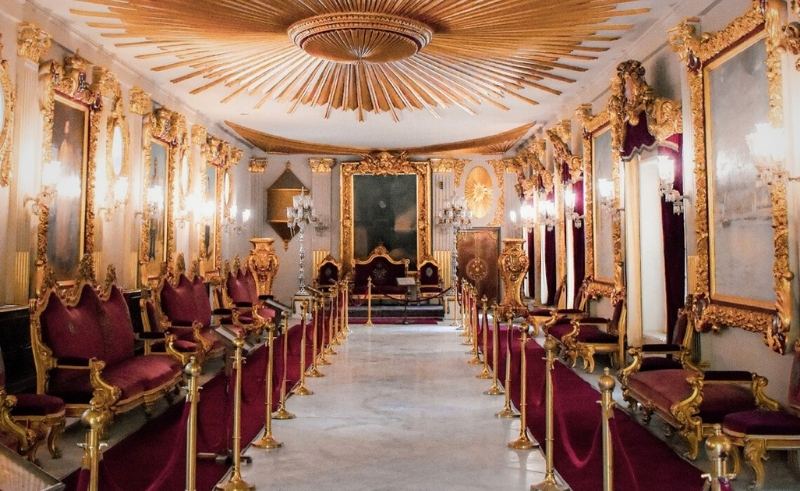
Built between 1899 and 1929 on Roda Island, the Manial Palace was the vision of Prince Muhammad Ali. Although he never ascended the throne, he became crown prince three times and left behind one of Cairo’s most unique palatial legacies.
The prince designed the palace himself, blending Fatimid, Mamluk, and Ottoman styles into a lavish revival of Islamic art. Its halls are adorned with colourful tiles, intricate inscriptions and ornate woodwork, while the surrounding gardens showcase rare tropical plants gathered from his travels.
An avid collector, Prince Muhammad Ali assembled a remarkable trove of art, manuscripts, Qurans, carpets, arms and textiles. He set aside part of the palace to serve as a museum after his death, now housing his collection across fifteen richly decorated halls.
Ahmad Shawki Museum

Amir al-Shoaraa, Ahmad Shawki was one of the towering figures of modern Arabic literature. His patriotism led to his exile by the British during World War I, but on his return in 1920, he was crowned by his peers as the prince of poets of his age.
Shawki’s former home, Karmet Ibn Hani, overlooks the Nile in Giza. He acquired it in 1914, and in 1977 it was transformed into a museum preserving both his literary and personal legacy.
Inside, visitors find his trophies, medals and certificates, alongside his private library of 332 volumes and over 700 handwritten draft manuscripts. An audio archive includes recordings of Muhammad Abd al-Wahab introduced to the public by Shawki himself and singing in the poet’s presence.
The museum’s garden is marked by a monumental bronze statue of Shawki, created by sculptor Gamal al-Sigini in 1982. A replica of an earlier version in Rome’s Villa Borghese, it places Shawki among the great artistic figures of world culture.
Taha Hussein Museum
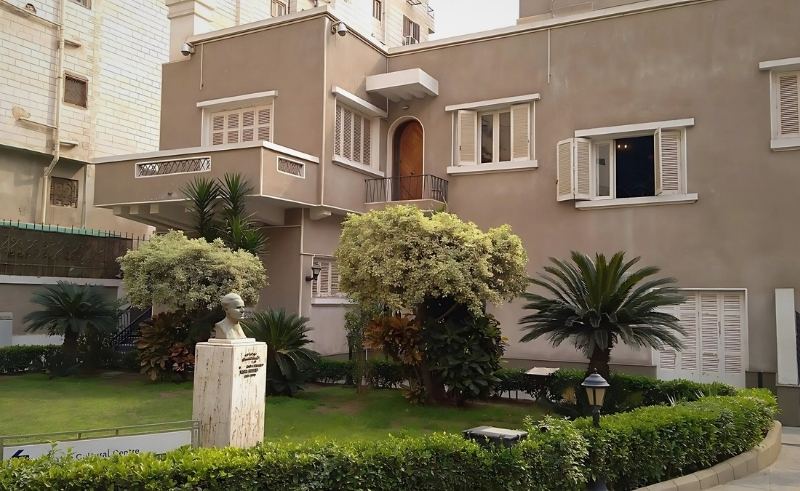
Taha Hussein stands as one of the most influential Egyptian intellectuals of the 20th century. Known for his bold views, he championed education as a universal right. Blinded by illness at the age of three, Hussein pursued learning with remarkable perseverance, eventually becoming Egypt’s Minister of Education. He famously declared that “Education is as water and air, the right of every human being,” a statement that continues to resonate as a timeless call for equality and access to knowledge.
The museum itself is the house he once designed to share with his son and live in, making it not only a repository of memory but also a lived space that carries the imprint of his personal and family life. It holds more than 7,000 books from his private library, reflecting his lifelong devotion to knowledge. In the reception hall, a piano, gramophone, and records of Schubert, Verdi, Bach, Mozart and Schumann reveal his deep engagement with music. Personal belongings, manuscripts, and photographs trace his journey from modest beginnings to his pivotal role in Egypt’s modern intellectual and cultural life.
By walking through the rooms of his house (Al-Ramatan), visitors encounter not only the memory of Taha Hussein but also the atmosphere of Egypt’s intellectual renaissance, preserved in the intimate spaces where he lived, worked and welcomed his peers.
- Previous Article UAE Opens 7.5 KM Pipeline to Get Desalinated Water From Egypt to Gaza
- Next Article Six Unexpected Natural Wonders to Explore in Egypt
Trending This Week
-
Dec 27, 2025


